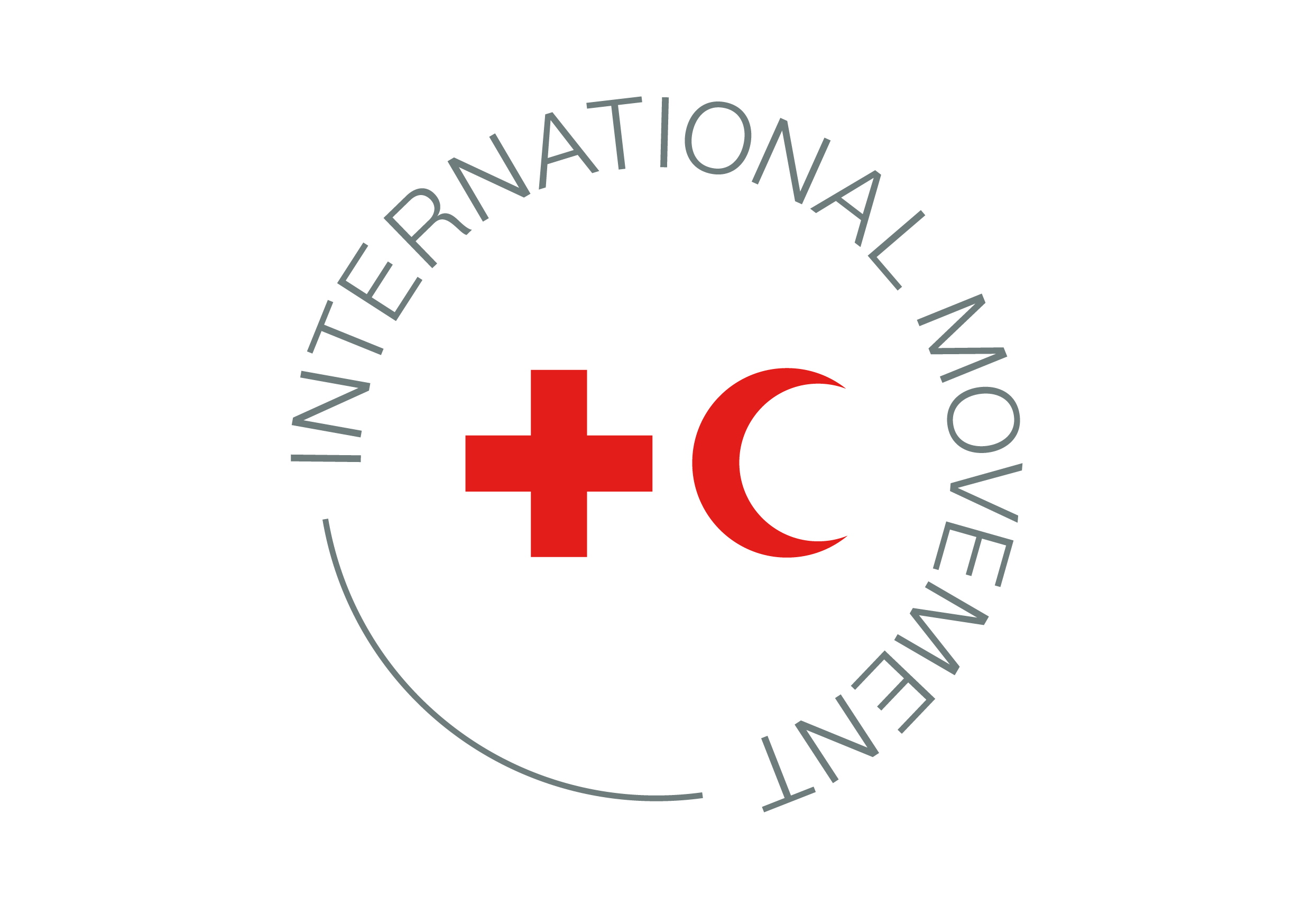Actions taken:
32IC pledges: Update July 2019
Pledge – One Billion Coalition: Building community resilience and contributing to sustainable development
New Zealand Red Cross hereby pledges:
- Expand our advocacy for systematic focus on disaster preparedness, risk reduction, first aid and associated policy frameworks
- Drive more resources to local organisations and communities to enable them to withstand shocks and reduce their vulnerabilities
- Build the capacity of local actions, including Red Cross and Red Crescent Societies and their branches, to further develop capabilities in resilience building and partnerships
- Convene coalitions from governments at local, national and international levels, international organisations, civil society, business and academia to share common ambitions, risks, accountability and successes
- Increase accountability at all levels through improved and regular monitoring and reporting, on the progress made in building resilience and contributing to implement the Sustainable Development Goals
- Mobilize people, communities, cities and partners to engage in the One Billion Coalition for Resilience
Proposed evaluation criteria
a. Anticipating and preparing for disasters saves lives and prevents massive economic losses
Actions to date:
- NZRC is working in partnership with the International Federation of the Red Cross (IFRC) to provide three emergency resilience apps for communities:
- Hazard app
- First Aid app
- Business Continuity Planning (BCP) all
- In 2017, the NZRC Members’ Good and Ready campaign was developed to improve the preparedness of the 15,000 NZRC staff and volunteers.
- In 2018, the pilot of Kia Pakari: Schools’ Resilience Programme was launched in June that aims to enable young people to be actively involved in interventions that improve the resilience of communities before, during and after emergencies. This new education programme aimed at teachers of intermediate schools across New Zealand nationwide. Over 1,300 students participated in the virtual field trip which took students nationwide online to explore Adapting After Emergencies – Lessons from Kaikōura and Hurunui.
- In 2018, Inclusive approaches to preparedness with communities with heightened risks was also a priority. The community translation project in Wellington saw the translation of WREMO’s Earthquake Preparedness Guide into 15 languages that will benefit our refugee-background clients. 300 refugee families were provided with emergency kits to enable them to be better prepared for emergencies.
- In 2018, a national Disaster Readiness Strategy/Action Plan is being developed to develop consistent messaging across our programmes.
Key upcoming opportunities
- Engaging small businesses and NGOs around disaster preparedness using Atlas and other resources.
- Chained crowd source event reporting is being investigated for as an add-on for the Hazard App.
- What Now? Short messaging partnership with GDPC, MCDEM, Google, et al.
- ISCRAM conference 2018 has 2 NZRC papers being presented.
Proposed evaluation criteria
b. The communities facing risks, hazards and vulnerabilities are best placed to address them effectively and sustainably.
Actions to date:
- In 2018 NZRC partnered with CDEM and INTERACT Crisis Translation to use a participatory approach to translating emergency preparedness and early warning, early action messages in 15 languages, and recorded radio and video messages featuring people from 15 language groups.
- In 2018, NZRC has launched a new free pilot programme to enable young people to lead disaster resilience initiatives in their school communities before disasters occur based on the IFRC’s Roadmap to Community Resilience.
Key upcoming opportunities
- Provide Psychological First Aid to communities facing impacts of sea level rise.
- Youth-focused PFA course is being developed
Proposed evaluation criteria
c. When a disaster happens, it is community members, volunteers and local organisations who are the first to respond, regardless of their skills, training or available resources.
Actions to date
- NZRC has developed a Disaster Risk Management Strategy that includes provisions for spontaneous and surge volunteers
- NZRC’s new DRM strategy highlights the critical role of Red Cross people in strengthening community resilience, and will develop a toolkit to support our own people to take action to increase resilience.
Proposed evaluation criteria
d. Partnerships and collaboration between Red Cross and Red Crescent Societies, governments, international organisations, civil society, business and academia, from local to global, will be the only way forward to deliver results at scale and bring about lasting change in communities.
Actions to date:
- NZRC drafted a Memorandum of Understanding (MOU) and held an initial meeting with the National Community Resilience Coalition, with Ministry of Civil Defence and Emergency Management (MCDEM), Department of Internal Affairs, Neighbourhood Support New Zealand, Joint Centre for Disaster Resilience, and the Ministry of Primary Industries in October 2016.
- The NZRC Recovery Programme is working in partnership with local and regional stakeholders to build the resilience of communities affected by the 23011 Christchurch earthquakes and November 2016 quakes (e.g. grants, community leadership programmes).
Proposed evaluation criteria
e. Because there will be no sustainable agenda without greater investment and focus on efforts owned led and carried out by people themselves
Actions to date:
- In 2017, NZRC adapted the Psychological First Aid (PFA) course for youth and Maori communities.
- NZRC’s Disaster Welfare Support Teams (DWSTs) have been trained in community emergency resilience planning and emergency response.
- In 2017 NZRC piloted a community-led emergency resilience programme to empower local communities to plan for emergency resilience in 8 target areas in Christchurch, Canterbury.
Proposed evaluation criteria
f. We want to engage and inspire one billion people to take active steps to strengthen their resilience by 2015.
Actions to date:
- NZRC has signed an MOU with the Asia Pacific Disaster Resilience Centre to sit on the Steering Committee.
- NZRC attended the Asia Pacific Disaster Resilience Centre to sit on the Steering Committee.
- NZRC attended the Asia Pacific Centre’s Resilience Innovation Workshop in Seoul, May 2017.
- In April 2018 NZRC attended the Asia Pacific Centre’s Resilience Training of Trainers on the Roadmap to Community Resilience in Kathmandu.

